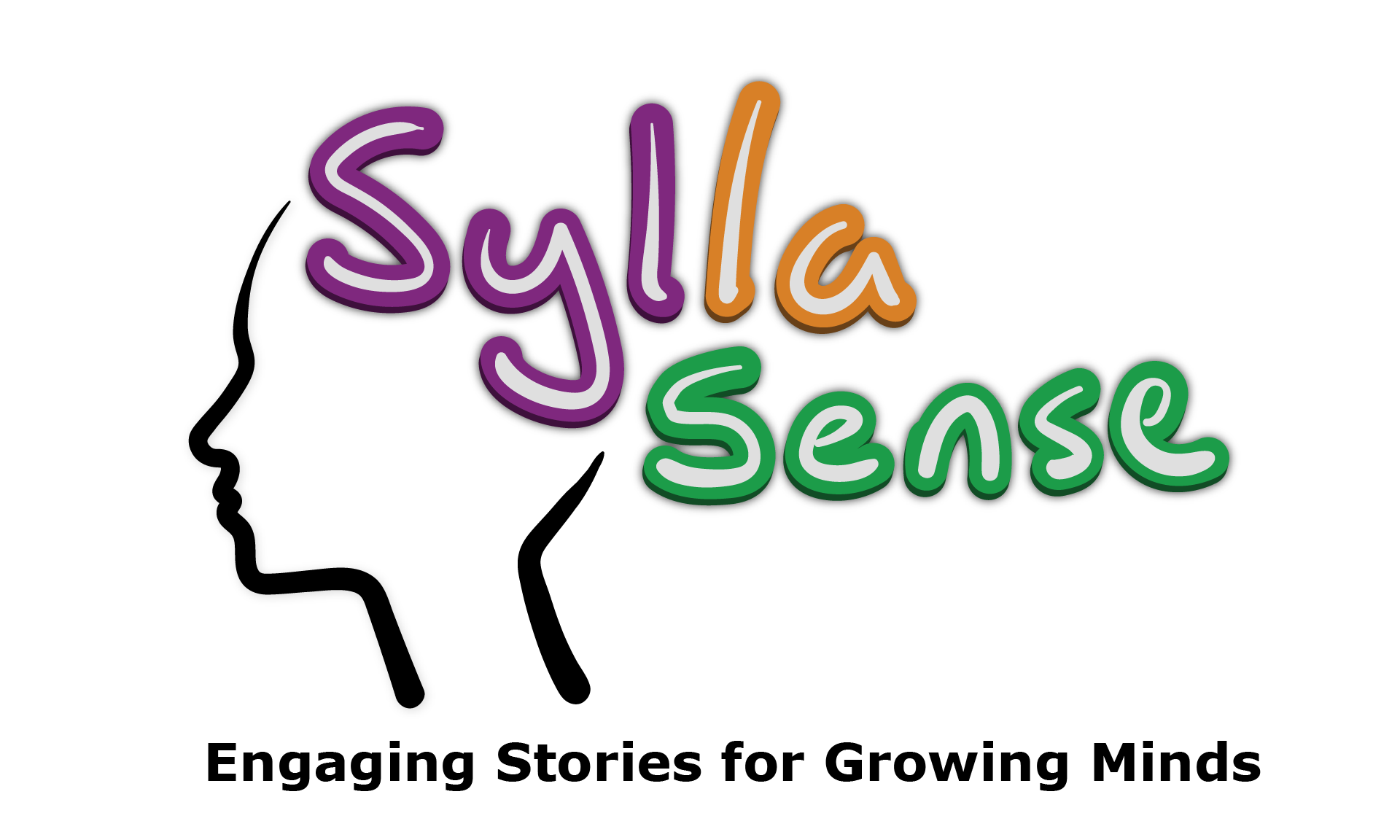|
At the Creek - Teacher Tip Sheet
Blue Series - Book 3 - At the Creek
|
|
Grapheme/Phoneme Correspondence
|
Tips and Activities to Try
|
|
Introduced in This Book
Previously Introduced
Vowels
- all short vowel, <u>/o͝͝o/
- <o>/ō/, <e>/ē/, <y>/ī/
Consonants
- all single consonants and clusters
- <ng>/ng/, <nk>/nk/
- <s> /s/ and /z/
Digraphs/Trigraphs
- <th>/TH/ voiced, <th>/th/ unvoiced, <ck>/k/, <ff>/f/, <zz>/z/, <ss>/s/, <ll>/l/, <sh>/sh/, <ch>/ch/, <qu>/kw/, <-tch>/ch/, <-dge>/j/
Additional Concepts
- <al> (<a> as short /ŏ/ before <l>)
- <wa> (<a> as short /ŏ/ after <w>)
|
Key Concepts to Understand
- in reading, <ee> is always pronounced /ē/, whereas /ē/ can be represented many ways in spelling
- <ee> is a digraph, and students should understand <ee> as one unit (therefore one tap when spelling, one Elkonin box, etc.)
- <ee> can be found in initial, medial and final position
- students should be explicitly told that they will be working on the <ee> spelling of /ē/ and they will be learning other ways to spell /ē/ later
- it is very important to practice spelling and reading <ee> (when first introduced) before including other /ē/ graphemes (e.g., <ea>, e_e) into a lesson
Words and Phrases for Reading and Writing
Here is a word chain you could complete with blending cards:
- three → thee → tee → teen → keen → keep → deep → sheep → sheen → been → bee → beet → feet → feed → seed → weed → weep → sweep
Here are phrases that can be used for reading and/or dictation practice. These phrases can be combined to create sentences. A good opportunity arises to address syntax if the resulting sentence is not grammatically correct (e.g., Lee and the teen was feeling sad and crying. → Lee and the teen were feeling sad and crying.)
|
Noun Phrase
|
Verb Phrase
|
Prepositional Phrase
|
|
Lee and the teen
|
can flee
|
on a spree
|
|
the keen kid
|
can sweep the deck
|
by your tree
|
|
his big feet
|
was trying to feed
|
at the meeting
|
|
Walt and my pal Madge
|
was feeling sad and crying
|
on the street
|
You can differentiate for your students by dropping some of the words in these phases (e.g., “can sweep the deck” can just be “can sweep”).
|
|
Orthographic Conventions/Patterns and Generalisations
|
Tips and Activities to Try
|
- v/cv, vc/v words (flexibility with vowel sounds)
|
Key Concepts to Understand
- open syllables are often described as syllables ending in a vowel therefore a long vowel sound is often produced, however with multi-syllabic words, it is more efficient to teach students to toggle between long and short vowel sounds (see “toggling practice” below)
Activities to Try
-
provide words for toggling practice (e.g., robot, topaz, tripod, mascot) → words without a schwa are an easier starting point than words with a schwa (e.g., bacən and pencəl)
- Note: if you provide words with affixes, students should be directed to find the base before “toggling” (suffixes are units of meaning, and are not to be sounded out)
- every syllable has a vowel phoneme - ask students to note how many vowels are in the base and therefore how many perceived syllables there are
-
ask students to cover the section they would like to read first (e.g., with robot, students may either choose ro-bot or rob-ot) → they should try both
|
|
Morphology
|
Tips and Activities to Try
|
|
Previously Introduced
- suffix <-s> third person singular, plural, and possessive
- suffix <-ing> as present participle
- suffix <-ed> as past tense of a verb
|
Key Concepts to Understand
-
Note: It is important to ask students to cover the suffix with their finger in order to focus on the base when consonant clusters are in final position and have an attached suffix. When reading drifting, ask students to cover the <-ing> and read drift, ask them to release their finger and reread the entire word with the <-ing>, drifting
|
|
Comprehension Corner - At the Creek
|
|
Vocabulary Development
- What did Lin spot on her visit to the creek?
-
What is the difference between a creek and a pond?
Making Connections
-
What is a bank (by the creek)? Is there another kind of bank?
Inferencing
- What else could Lin have been watching for in the creek?
- What do you think Lin liked most about the creek?
Retelling/Summarizing
- What is your favourite page in this book? Why?
|

